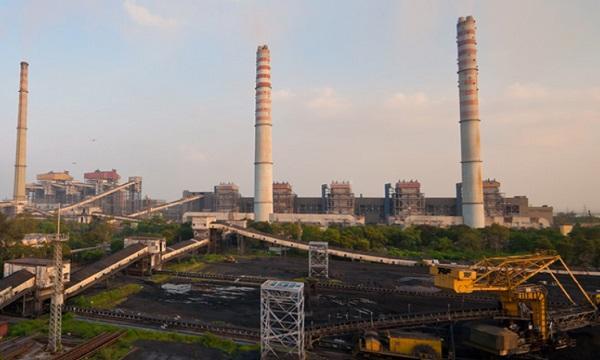
India's NTPC power generation rises over 8%
Its total output reached 314 TWH in 2020/21.
State-owned power utility NTPC reported its electricity production increased by 8.2% in 2020/21, reaching 314 TWh between April 2020 and March 2021, according to Enerdata.
The NTPC also added 4,169 MW of capacity in the past year, bringing its total capacity to 65,180 MW on 31 March. This covers 70 power plants, including 26 renewable energy projects.
NTPC also has over 18 GW of capacity currently under construction, including 5 GW of renewable energy projects.
Further, the company announced the commissioning of the second unit of the Nabiganar coal-fired project, located in Aurangabad district, Bihar in eastern India.
The first unit was commissioned in July 2019, whilst the third one is targeted to start operation in July 2022.























 Advertise
Advertise








